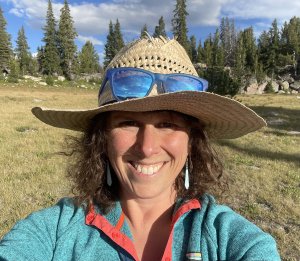Presented By: Earth and Environmental Sciences
Smith Lecture: Madison L. Myers
No Single Model for a Supereruption

Caldera-forming, large-volume eruptions (> 450 km³ magma) are among the most impactful volcanic events on Earth, producing extensive ignimbrites and widespread ashfall hazards. Due to their rarity (reoccurrence interval ~100 ka), reconstructing their eruption dynamics requires detailed field mapping coupled with geochemical analysis. Together these tools can be used to identify distinct eruptive phases and reconstruct the magmatic plumbing system. Although still largely thought to be instantaneous events, fed from a singular magmatic chamber, field mapping in quaternary systems has highlighted that no single model can be used to understand their behavior. Supereruptions can start mildly over weeks to months before escalating into climactic activity or go into vigorous activity immediately. Field work in Yellowstone has highlighted that individual supereruptions can record activity that required days to weeks or eruptive time or be prolonged over decades. The magmatic sources vary from single bodies of magma to multiple magma bodies that are simultaneously or sequentially tapped. In contrast to these variations, there are some aspects that are remarkable similar. For instance, the erupted magmas are often assembled at shallower depths (4–10 km) where mineral diffusion timescales consistently return evidence that only decades to centuries of unrest occur prior to eruption. Examples will be provided from our recent work remapping the Lava Creek Tuff in Yellowstone, where nothing is as simple as originally presumed.